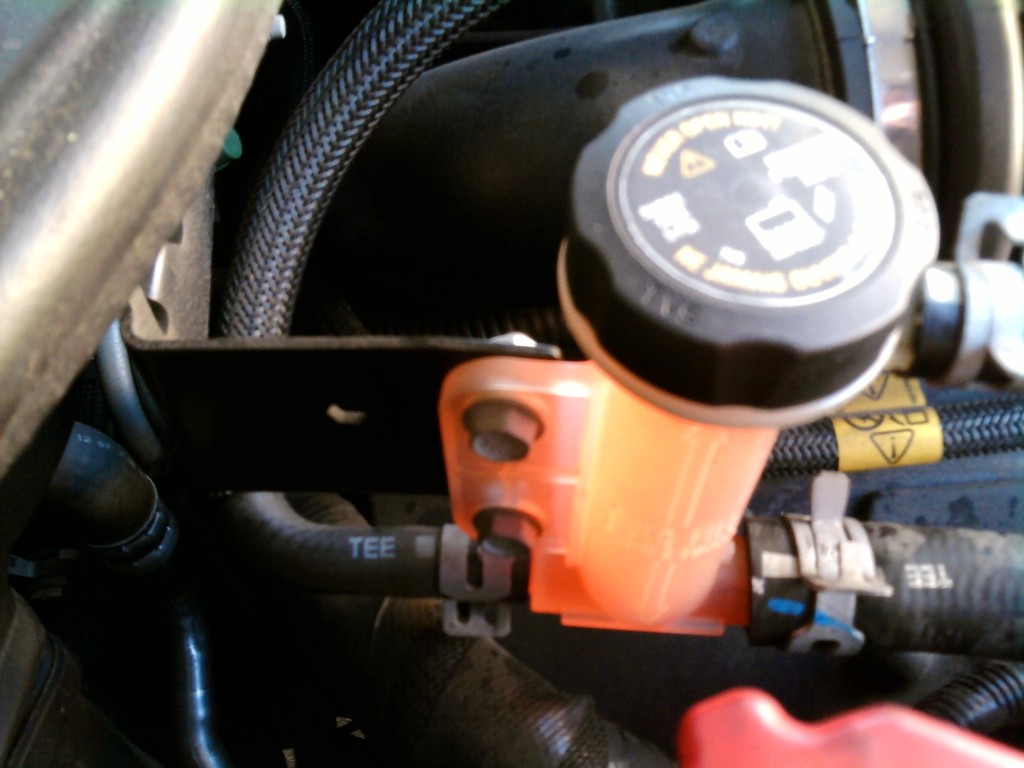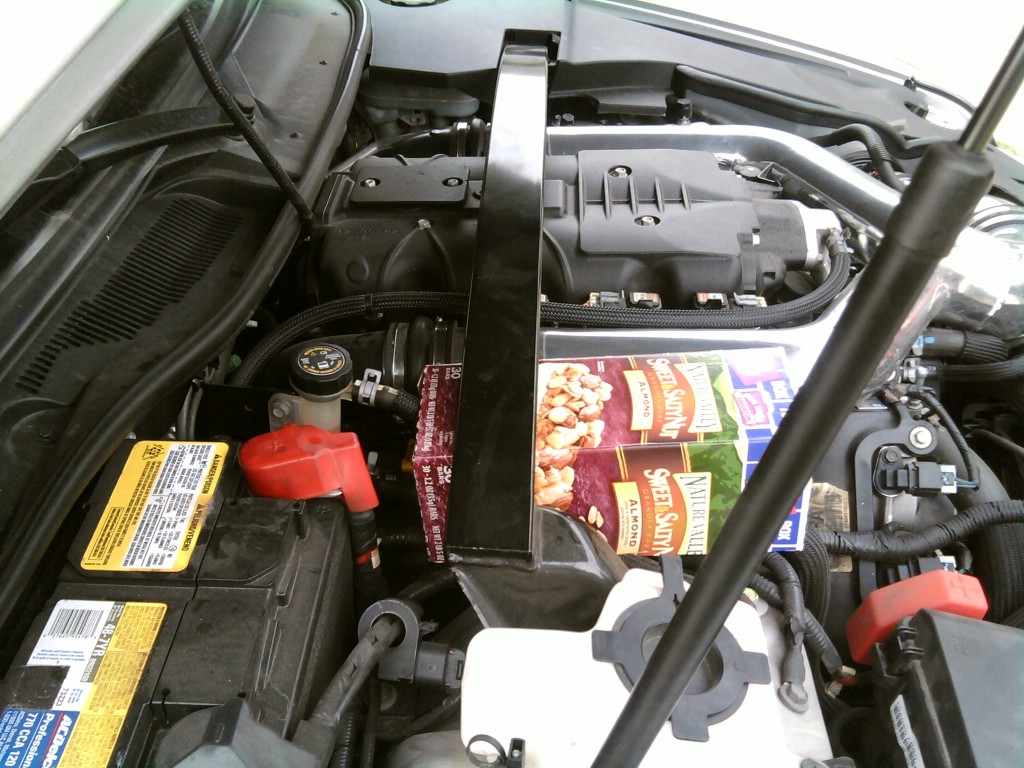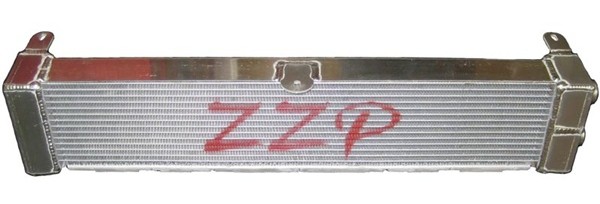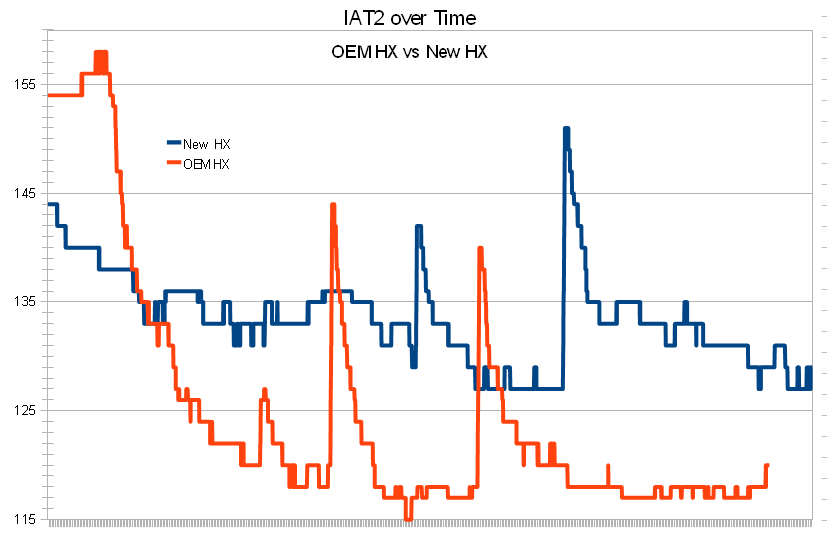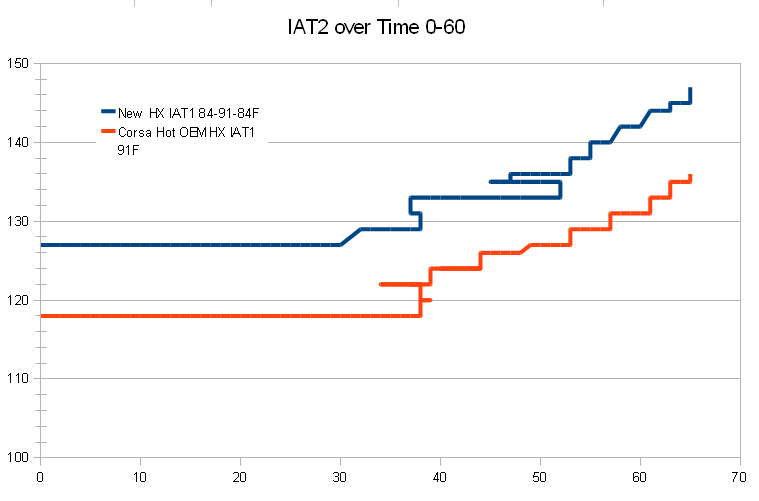I have been exchanging fitment photos and details with RX Performance Products in Florida regarding a variant of their new Cadillac CTS-V intercooler expansion tank for the Cadillac STS-V.
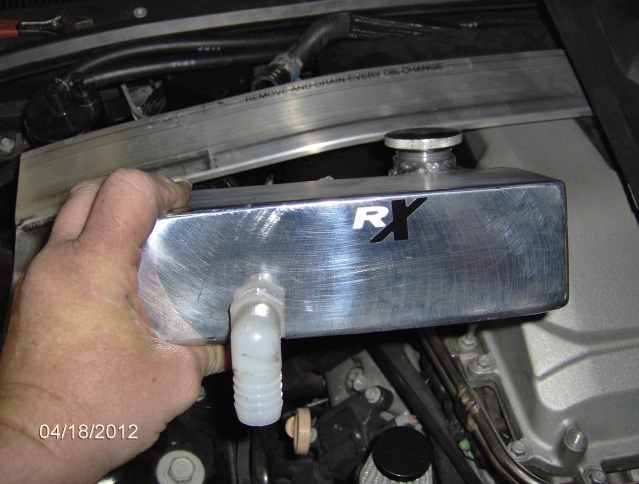
Cadillac CTS-V supercharger expansion tank from RX Performance Products Image by RX Performance Products
On the Cadillac CTS-V and the Cadillac STS-V there is an air escape (bleed) from the intercooler coolant system at a Tee-fitting, and this is where coolant may be added to the system when needed. The idea RX Performance Products has had is to replace the T-fitting with a small tank and fittings. This part of the intercooler coolant flow is on a ‘side-track’ to the main coolant loop. If the intercooler coolant pump can’t pull fluid from its normal intake, for example when there is air in the system, it can pull coolant down this side-track and the air can escape up the side-track.
When one does need to add coolant to the system, the T-fitting tube will only accept a tube full, or under a pint of fluid. Once the intercooler pump pulls that into the system you can add a bit more, rinse, repeat. Each time even with a funnel there is some spillage during the add process.
With the small tank — the CTS-V tank is 1 quart– it will be easier to add fluid, and “overfill” the system a bit so that as the system does bleed air there is plenty of coolant to replace it.
The CTS-V T fitting is slightly different from the STS-V T-fitting; the CTS-V one has the same size in and out flow fittings, while the STS-V has a larger in than out.
I have emailed images along to RX Performance Products of my STS-V engine bay with various measures in order to help them to fab a tank for the STS-V. In this photo I cut a granola box to 4″ x 4″ x 10.5″ to try to model what size tank might fit under the strut brace on the STS-V where the T-fitting is.
Based on the pictures and measurements we are hoping to size a tank for the STS-V similar to the CTS-V tank. Stay Tuned.

